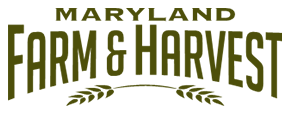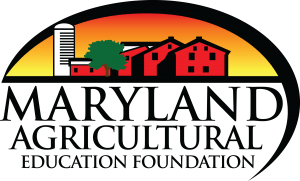Glossary
bed bug:
a parasitic insect commonly found in beds. Bedbugs can also be found in other places where humans spend a lot of time, such as hotel rooms, airplanes, and couches; they feed on skin by sucking blood
compost:
decayed organic material used as plant fertilizer
Brood X Cicada:
the largest brood of 17-year periodical cicadas
compost:
decayed organic material used as plant fertilizer
cicada:
large insects, with round bulging eyes on the corners of their head with sucking mouthparts
crops:
cultivated or raised plants that are grown as food, especially grains, fruits, or vegetables
ecology:
the study of organisms and how they interact in the environment around them
entomology:
the study of insects and their relationship to humans, the environment, and other organisms
foliage:
plant leaves collectively or altogether
Hemiptera:
the scientific name for true bugs
herbicide:
chemicals used to manipulate or control undesired plants and weeds
honeydew:
a sticky substance created by certain insects that prevents a tree or plant from growing properly
integrated pest management (IPM):
a sustainable approach to managing pests that combines biological, cultural, physical, and chemical tools in a way that minimizes economic, health, and environmental risks
invasive species:
plants or animals from another region of the world that don’t belong in a new environment. Invasive species typically cause harm or undesirable effects
Massospora:
a fungal pathogen that infects only 13- and 17=year periodical cicadas
migration:
movement from one place to another
nursery:
a place where young plants and trees are grown for sale or for planting elsewhere
nymph:
an immature form of an insect
pest:
a living organism, including plants and animals, growing where it is not wanted. Pests can cause damage to plants, humans, structures, and other creatures
pesticide:
a chemical that is used to control an organism living and growing where it is not wanted
pheromones:
chemicals produced as messengers that affect the behavior of other insects or animals
photosynthesis:
the process by which green plants and some other organisms use sunlight to make food from air and water
piercing proboscis:
a sucking, straw-like mouthpart in true bugs that can not be rolled up
planthoppers:
member of several insect families that feed on plants and excrete honeydew
prey satiation:
when a species reproduces in large numbers at the same time, which allows the species to survive, despite being eaten by predators in large numbers
proboscis:
in many insects, a long, sucking mouthpart that is usually straw-like and flexible
protein:
a nutrient needed for a living animal to function properly
pruning:
to trim a tree or shrub by cutting away dead, overgrown branches or stems
sooty mold:
a fungal disease that grows on plants and other surfaces covered by honeydew
species:
a group of animals or plants that have related characteristics and can breed together
spotted lanternfly:
a Hemiptera intersect, that is a planthopper native to China is currently an invasive species in the United States
stink bug:
an insect originally found in East Asia that get its name from an unpleasant odor released when you crush them
true bugs:
an order of insects that have over 80,000 species within groups, the scientific name is Hemiptera. These insects have specialized sucking mouthparts, called a piercing proboscis, which are is not retractable
waterbug:
a Hemiptera insect that can breathe air, live underwater, fly, crawl and swim


